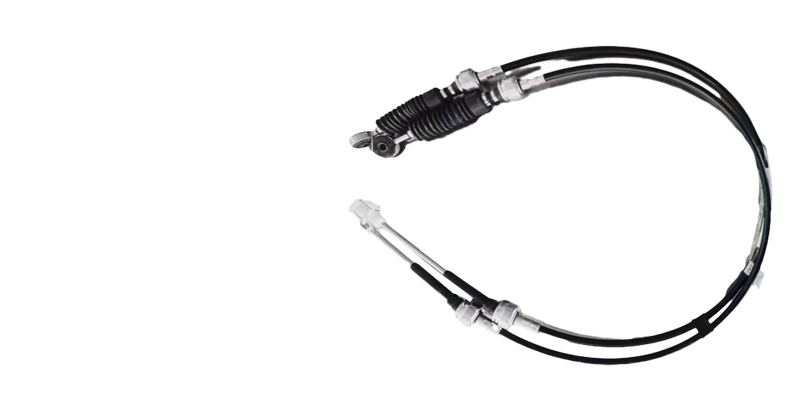Hand Brake Cable | High-Quality Replacement Parts for Your Vehicle
Understanding Hand Brake Cables A Comprehensive Guide
The hand brake, or parking brake, is a crucial safety feature in vehicles, ensuring that they remain stationary when parked. One of the key components of this mechanism is the hand brake cable. This article delves into the importance of hand brake cables, their functions, types, maintenance, and common issues associated with them.
What is a Hand Brake Cable?
A hand brake cable is a flexible metal wire encased in a protective sheath, which connects the hand brake lever inside the vehicle to the brake mechanism located at the wheels. When the driver pulls the hand brake lever, tension is applied to the cable, which in turn activates the brake shoes or pads, ensuring that the vehicle remains in place.
Functions of Hand Brake Cables
The primary function of the hand brake cable is to engage and disengage the parking brakes effectively. In most vehicles, the hand brake system works in conjunction with a drum brake or disc brake system. When the driver pulls the hand brake lever, the cable pulls on the connecting components, which presses the brake shoes against the drum or the brake pads against the disc, thereby locking the wheels.
Another crucial function of the hand brake cable is to provide an emergency stopping mechanism. In the event of a failure in the foot brake system, the hand brake can serve as a backup, allowing the driver to stop the vehicle safely.
Types of Hand Brake Cables
hand brake cable

There are generally two types of hand brake cables standard and adjustable. Standard cables are typically used in most vehicles, providing a straightforward connection between the lever and the brake mechanism. Adjustable cables, on the other hand, allow for fine-tuning of the hand brake’s engagement level. This is particularly beneficial in performance vehicles or in conditions where precise braking control is needed.
Maintenance and Care
Maintaining the hand brake cable is essential for ensuring the longevity and reliability of the entire braking system. Regular inspection of the cable for any signs of wear, fraying, or rust is recommended. Lubrication is also necessary to prevent corrosion and reduce friction within the cable sheath, which can lead to its premature failure.
If the hand brake feels loose or requires excessive pulling to engage, it may indicate that the cable has stretched or that there is an issue with the brake mechanism itself. Timely adjustments or replacements can prevent further complications and ensure the safety of the vehicle.
Common Issues with Hand Brake Cables
Several common issues can arise with hand brake cables, including sticking, fraying, or complete breakage. A sticking hand brake cable can lead to brakes that don't fully disengage, which can cause the vehicle to roll. Similarly, fraying can weaken the cable, while a complete break could result in a total failure of the parking brake system.
Conclusion
In conclusion, the hand brake cable is a vital component of vehicle safety. Regular maintenance and timely attention to potential issues can ensure that this system remains functional and effective. Understanding the role and care of the hand brake cable not only promotes safety but also enhances the overall driving experience. Whether you're a seasoned driver or a novice, being aware of how your hand brake functions can save you from unexpected problems and ensure your vehicle remains secure when parked.
-
Upgrade Your Clutch System with Premium Hydraulic Clutch LinesNewsJul.31,2025
-
Unlock the Power of Precision with Our Throttle CablesNewsJul.31,2025
-
Unleash Power and Precision with Our Accelerator CablesNewsJul.31,2025
-
Experience Unmatched Safety with Premium Handbrake CablesNewsJul.31,2025
-
Enhance Your Vehicle's Performance with Quality Gear CablesNewsJul.31,2025
-
Workings of Clutch Pipe and Hose SystemsNewsJun.04,2025
